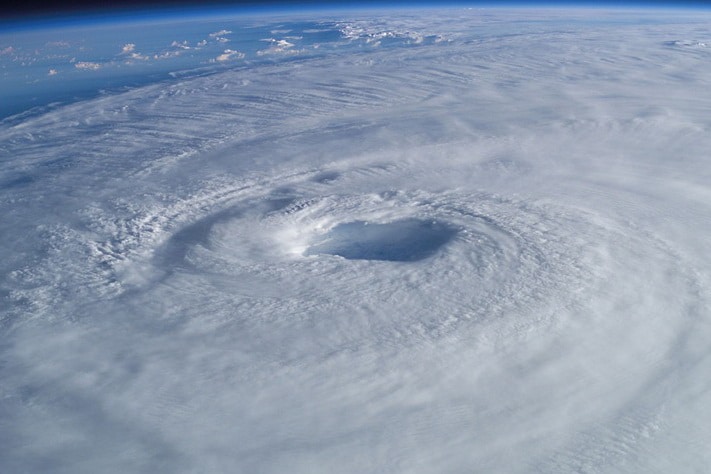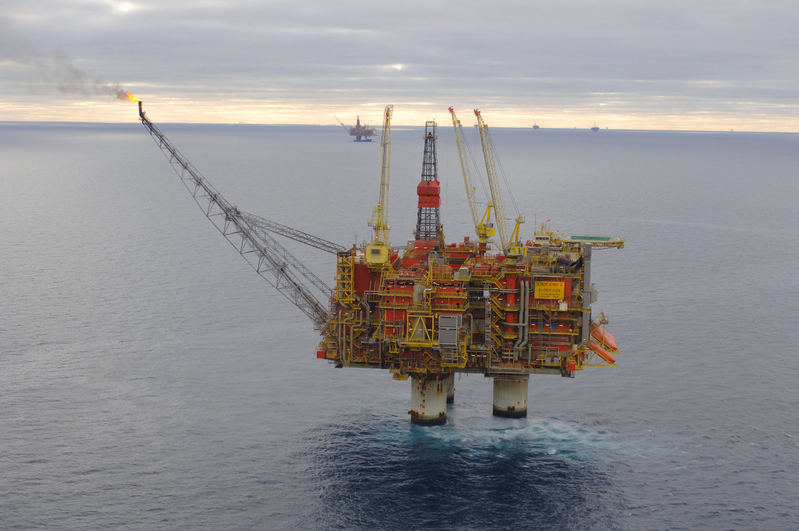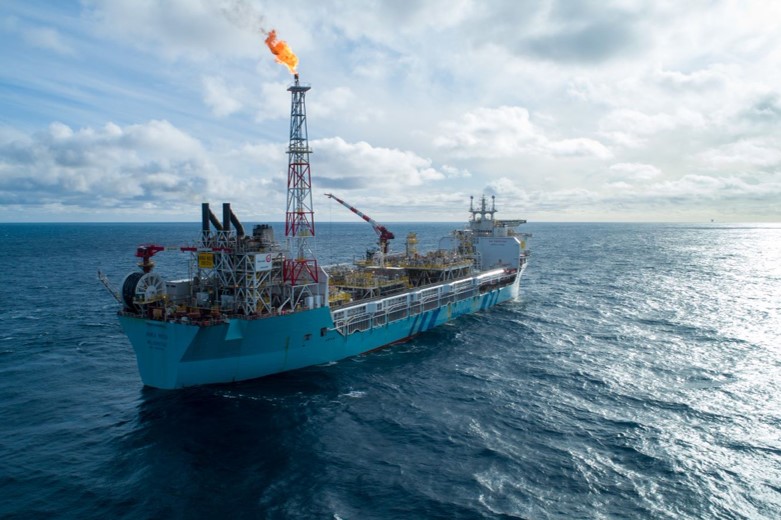Hurricane Energy focuses on hydrocarbon resources in naturally fractured basement reservoirs and on April 16 spudded the 205/26b-C well (“Warwick Deep”) .
Warwick Deep is the first in a three-well programme on Hurricane’s Lincoln and Warwick assets – the Greater Warwick Area (“GWA”). Hurricane has a 50% interest in the GWA following Spirit Energy‘s farm-in to the P1368 South and P2294 licences in September 2018.
The Greater Warwick Area, according to Hurricane, comprises licences P2294 and P1368 South and is being appraised through a joint venture between Hurricane energy (50%) and Spirit Energy (50%).
The joint venture believes that the Greater Warwick Area (GWA) is a single hydrocarbon accumulation comprising the Lincoln discovery and the yet to be drilled Warwick prospect.

The joint venture intends to undertake a three well drilling program on the GWA during 2019 to evaluate the reservoir and fluid properties of the GWA and thereby provide new data that will aid in confirming/refuting the joint venture’s geological model that the GWA is a single hydrocarbon accumulation.

The 2019 programme will include one well on Lincoln and two on Warwick.
The Lancaster Field was discovered by Hurricane in 2009. It sits in relatively shallow water of around 160m.
Hurricane is implementing a phased development on Lancaster using the two horizontal wells drilled on the structure. The first phase of the development the Early Production System (EPS) is due to come on stream in 1H 2019. The data acquired during the EPS phase of production will help optimise well locations for future development phases in order to maximise production from the field





